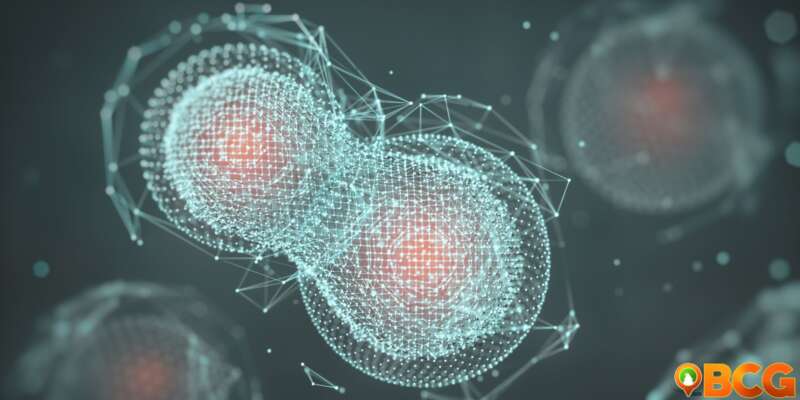From Digital to Biological: AI’s Breakthrough in Anti-Aging Drug Discovery
In the rapidly evolving field of medical research, scientists are leveraging the power of artificial intelligence (AI) to make groundbreaking discoveries. One such area where AI has been instrumental is in the search for potential anti-aging compounds. A team of researchers from the University of Edinburgh have used AI technology to identify three promising compounds: ginkgetin, oleandrin, and periplocin. These substances have shown potential in targeting malfunctioning cells, which are believed to be associated with certain cancers and Alzheimer’s disease.
Unmasking the Role of Senescent Cells
The focus of this research has been on senescent cells, which are cells that have lost their ability to divide but persist in the body. While these cells cease to multiply, they continue to discharge chemicals that stimulate inflammation. This phenomenon has been linked to numerous health conditions related to aging, including vision decline, osteoarthritis, Alzheimer’s disease, certain cancers, and cardiovascular conditions like atherosclerosis.
AI: A Powerful Ally in Drug Discovery
To identify potential anti-aging compounds, the research team developed an AI algorithm that screened over 4,300 chemical compounds. The goal was to find potential ‘senolytic’ drugs — medications designed to induce the death of senescent cells and thereby improve overall health. Out of 21 candidates identified by the AI, the team focused on three compounds: ginkgetin, oleandrin, and periplocin. These substances demonstrated the ability to eliminate malfunctioning cells without causing harm to healthy cells when tested on human cells.
A Closer Look at the Compounds
Ginkgetin is a bioflavonoid compound found primarily in the leaves of the ginkgo biloba tree. Studies have suggested that ginkgetin exhibits several biological activities including anti-inflammatory, anti-cancer, and neuroprotective effects. However, it’s important to note that while these effects have been observed in laboratory settings, more research is needed to confirm these effects in humans.
Oleandrin and periplocin, on the other hand, are types of cardiac glycosides — a class of organic compounds that have effects on the heart muscle and can be toxic in high doses. While research has suggested that these compounds may have anticancer properties, their potential toxicity underscores the need for further research and careful use.
Caution and Future Directions
It’s essential to note that while the findings are promising, they are still in the early stages. The identified compounds, especially oleandrin and periplocin, can be toxic and their use should be guided by a healthcare professional. More research is needed to understand their effects in humans and to determine whether they can be used safely and effectively as treatments.
This study showcases the potential of AI in accelerating drug discovery and highlights the growing importance of interdisciplinary collaboration in scientific research. The use of AI in medicine is becoming increasingly indispensable, offering immense help in diagnosing and treating diseases, as well as in the development of anti-aging drugs.
As we continue to unlock the potential of AI in medical research, we also must proceed with caution, particularly when dealing with compounds known to be toxic. The discovery of ginkgetin, oleandrin, and periplocin as potential anti-aging compounds is just the tip of the iceberg, and further research will undoubtedly yield more fascinating insights into the complex world of cellular aging.











